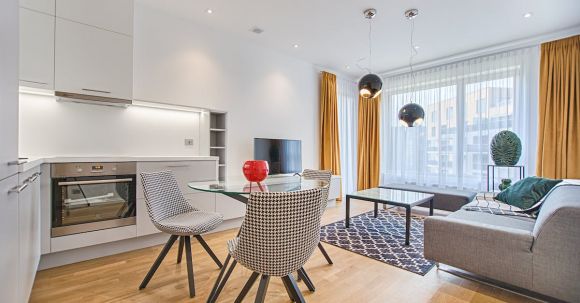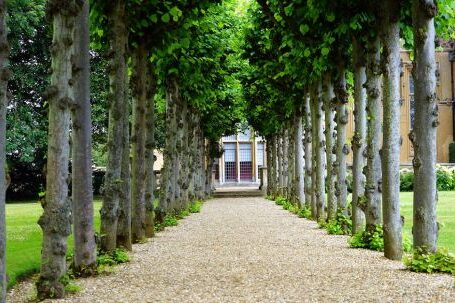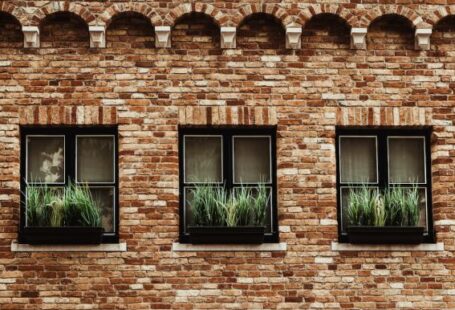In recent years, a growing trend in interior design has been the incorporation of biophilic elements. Biophilic design seeks to connect people with nature by integrating natural materials, patterns, and elements into the built environment. This approach not only enhances the aesthetic appeal of a space but also promotes physical and mental well-being. From office spaces to residential homes, the beauty of biophilic design is being embraced worldwide.
Creating a Connection with Nature
Biophilic design recognizes the innate human need to be connected with nature. It acknowledges that we are biologically programmed to thrive in natural environments. By incorporating elements such as plants, natural light, and views of nature, biophilic design brings the outdoors indoors, creating a sense of serenity and tranquility.
Bringing Nature into the Built Environment
One of the key principles of biophilic design is the use of natural materials. Wood, stone, and other organic materials are not only visually appealing but also evoke a sense of warmth and authenticity. Whether it’s a wooden floor or a stone accent wall, these natural elements can instantly transform a space, making it feel more inviting and connected to the natural world.
Enhancing Well-being and Productivity
Studies have shown that biophilic design has a positive impact on human well-being and productivity. Exposure to nature has been proven to reduce stress, improve cognitive function, and enhance creativity. By incorporating biophilic elements in our surroundings, we can create spaces that promote physical and mental well-being, leading to increased productivity and overall happiness.
Biophilic Design in the Workplace
The benefits of biophilic design are particularly evident in the workplace. Incorporating natural elements into office spaces can help reduce stress levels and improve employee satisfaction. Plants, for example, not only improve air quality but also have a calming effect on individuals, leading to increased concentration and productivity. Furthermore, incorporating natural light and views of nature can enhance mood and create a more pleasant work environment.
Biophilic Design in Residential Spaces
Biophilic design is not limited to commercial spaces; it can also be applied in residential settings. From large windows that offer panoramic views of the surrounding landscape to indoor gardens that bring nature indoors, there are numerous ways to incorporate biophilic elements into our homes. By doing so, we create living spaces that are not only visually appealing but also promote a sense of well-being and connection to nature.
The Future of Biophilic Design
As our lives become increasingly urbanized and technology-driven, the importance of biophilic design continues to grow. People are seeking ways to reconnect with nature and find solace in the fast-paced world we live in. Biophilic design offers a way to do just that, by creating spaces that evoke a sense of tranquility and harmony with the natural world.
In conclusion, embracing the beauty of biophilic design is not just a passing trend but a way to create spaces that enhance our well-being and connect us with nature. Whether it’s in the workplace or our homes, incorporating natural elements and bringing the outdoors indoors can have a profound impact on our lives. By embracing biophilic design, we can create spaces that are not only visually appealing but also promote physical and mental well-being. So let us embrace the beauty of biophilic design and create spaces that nurture our connection with nature.





